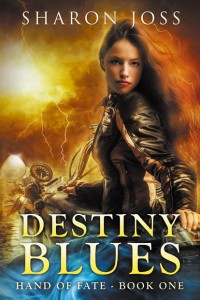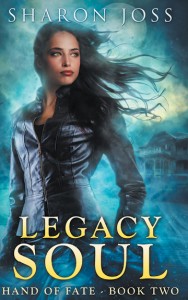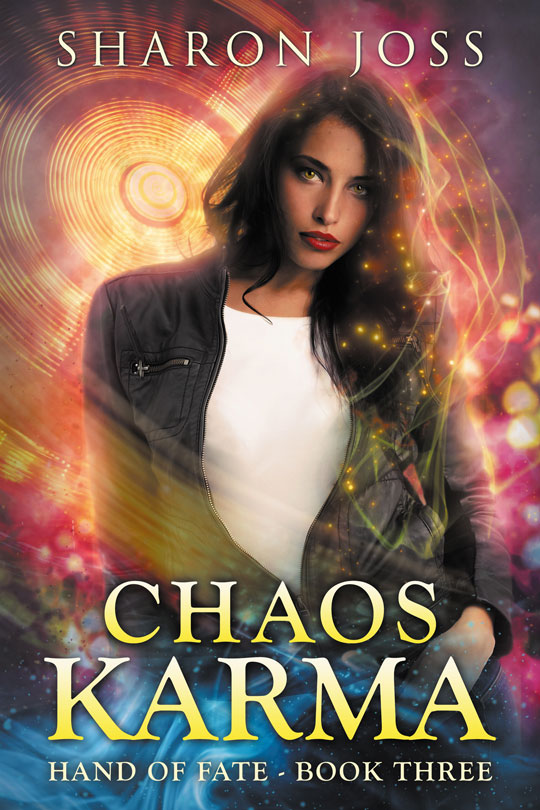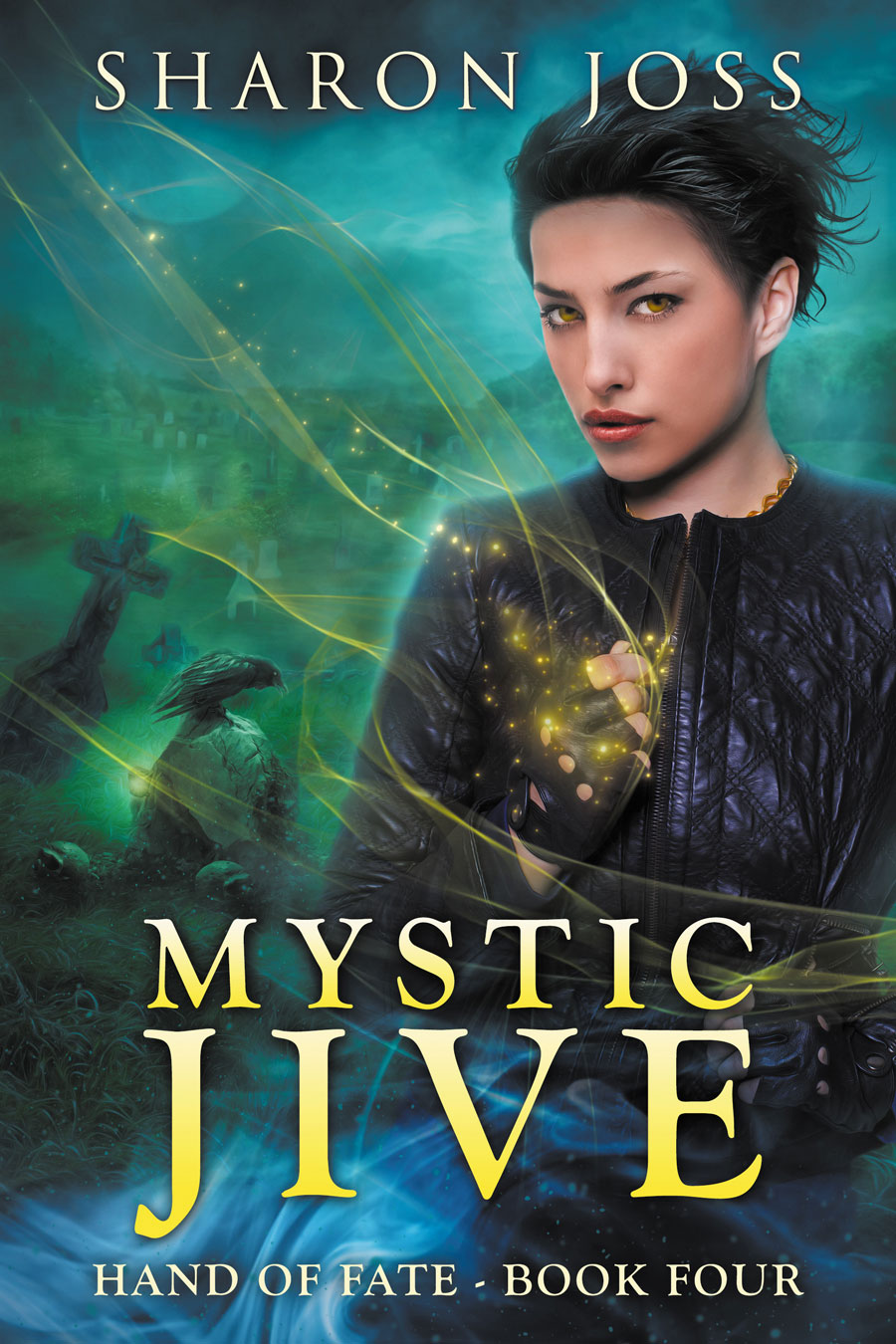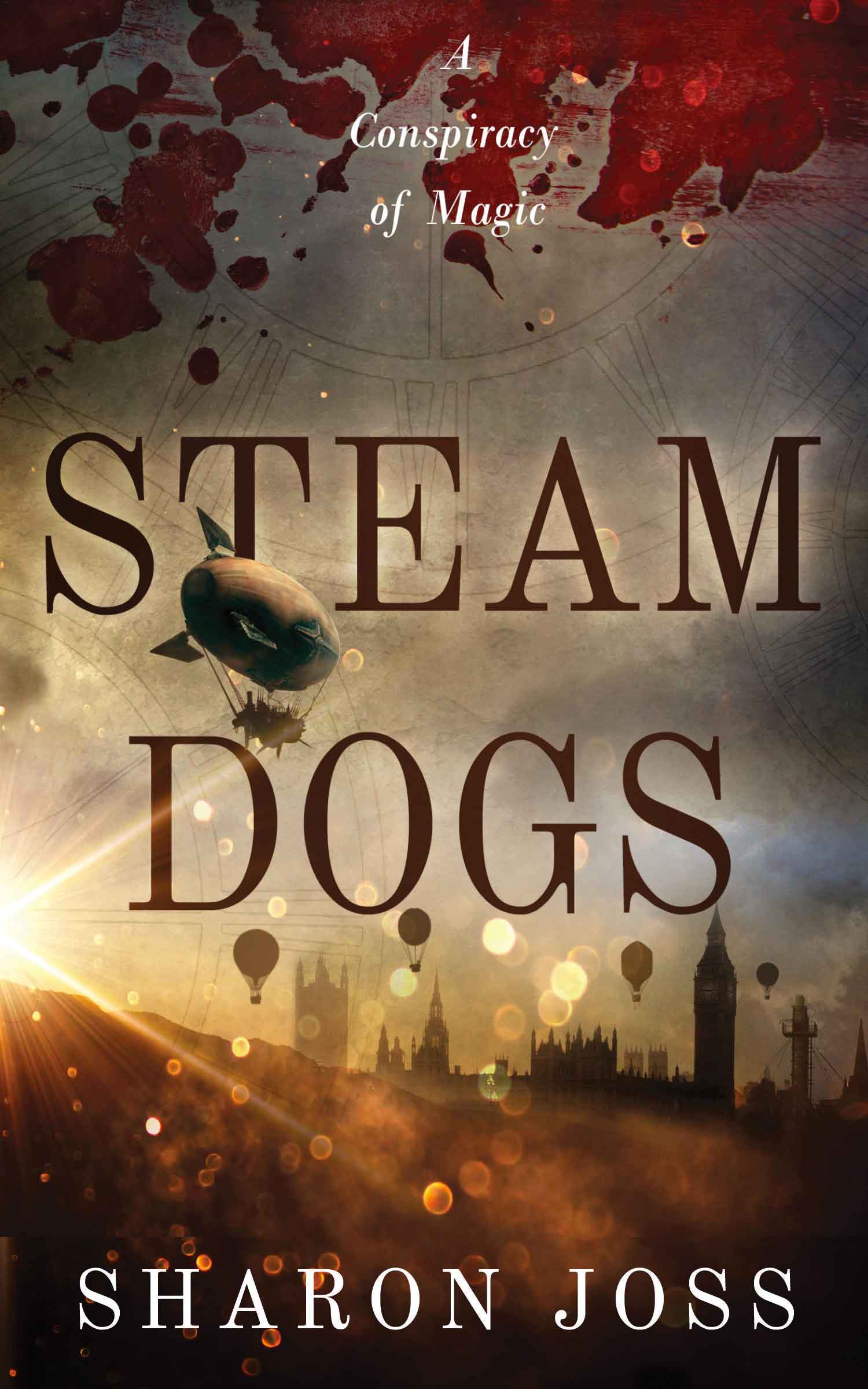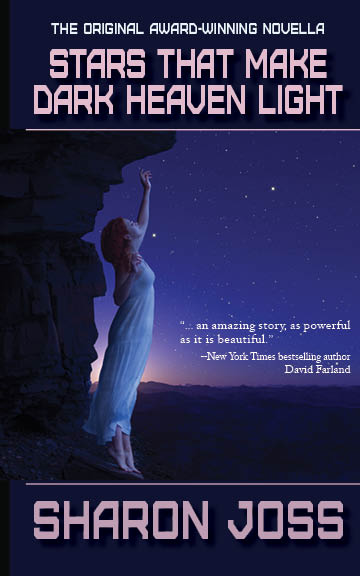I’m not a screenwriter, but Blake Snyder’s book on screenwriting, Save the Cat has made a big impression on me. I’ve just started fleshing out the key concept for my next manuscript, and I really like his idea of coming up with a log line with a compelling mental picture and killer title before you get too wrapped up in writing. I also think his method of breaking a story into 15 beats resonates for me. It’s a way to flesh out a 3-act story into the next level of detail, in preparation for developing scene-based outlines.
I’m using his beat sheet method to analyze stories similar to my current WIP, and to brainstorm creative ways to present the story I want to tell. Although Snyder writes in a very different genre (family / humor) than I do, I found that his structure roughly matched up with films (or at least, the films I like) in a variety of genres. That’s another thing I picked up from him; the idea of not only reading everything in your genre, but watchingevery decent film in your genre that you can find (Robert McKee suggests the same thing in his book, Story). Whether you examine an old classic film like The Wizard of Oz or the more recent The Hunger Games, the structure of both the movies and books is proportionately consistent.
Snyder believes the opening scene and closing scenes aren’t just bookends; they’re tightly coupled, and keeping the end in mind as you write the opening scene before you start writing may is better than waiting until the end to tie point A to point Z. That makes sense to me. Additionally, he suggests other story beats that mirror each other (such as the false victory and the false defeat beats, which are essentially opposite each other in terms of outcome). I also appreciated that Snyder explained specifically how and when to introduce secondary plot line and characters, and how to weave them seamlessly into the main plot. For someone who has struggled with how to integrate subplots, I think his beat sheet template does the heavy lifting in terms of plot and structure, and allows the writer to focus on the more creative aspects of the story. For all this structure, there is still plenty of room for the muse in the creative process.
Snyder believes the opening scene and closing scenes aren’t just bookends; they’re tightly coupled, and keeping the end in mind as you write the opening scene before you start writing may is better than waiting until the end to tie point A to point Z. That makes sense to me. Additionally, he suggests other story beats that mirror each other (such as the false victory and the false defeat beats, which are essentially opposite each other in terms of outcome). I also appreciated that Snyder explained specifically how and when to introduce secondary plot line and characters, and how to weave them seamlessly into the main plot. For someone who has struggled with how to integrate subplots, I think his beat sheet template does the heavy lifting in terms of plot and structure, and allows the writer to focus on the more creative aspects of the story. For all this structure, there is still plenty of room for the muse in the creative process.
After reading this book, I’m more convinced than ever that developing an structured plot outline before I start writing is the way to go. I’m no screenwriter,
but if learning screenwriter tips makes me a better storyteller, I’m all for it.

